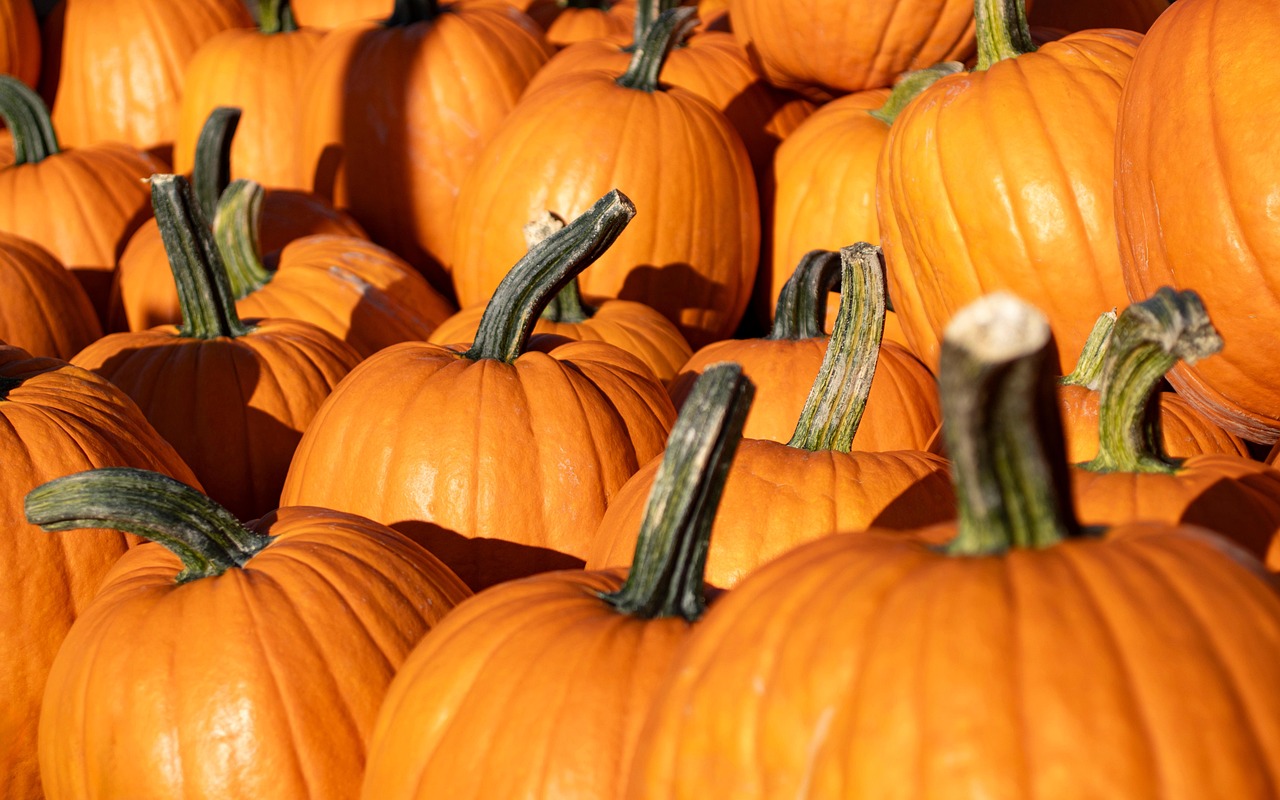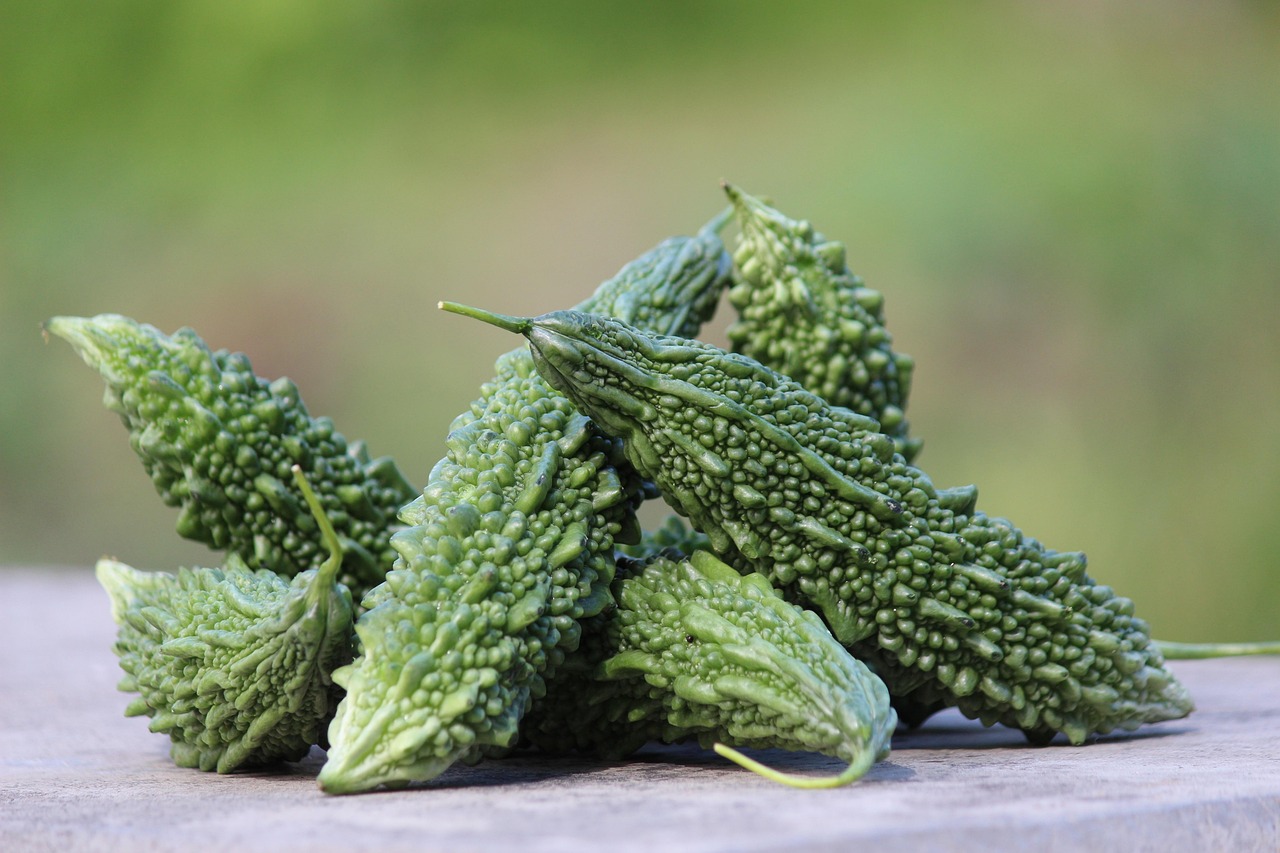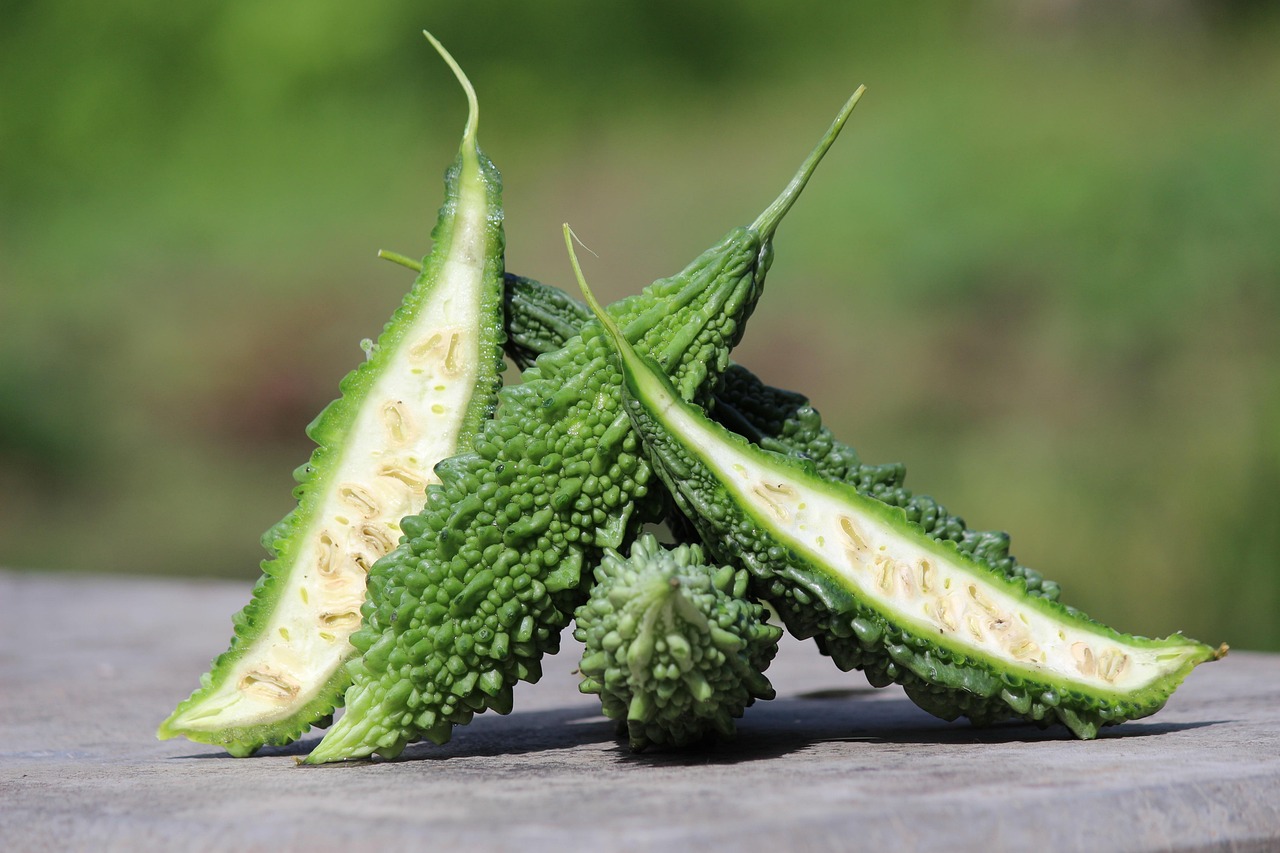Gourds are fascinating plants that come in a variety of shapes, sizes, and colors. While many people are familiar with common types like pumpkins and squashes, there are numerous other gourd varieties that are equally intriguing. Prepare to be amazed by the lesser-known types of gourds that exist!
Gourds belong to the Cucurbitaceae family, which also includes cucumbers, melons, and squashes. They have been cultivated for thousands of years, primarily for their practical uses in food, utensils, and decorative purposes. While some gourds are edible, many are grown for their unique shapes and textures. Their versatility in design and function makes them interesting subjects for gardeners and artists alike.

There are several key categories of gourds, each with its unique characteristics. The most common types include:
- Summer Gourds: These are typically harvested when immature and include zucchini and yellow squash.
- Winter Gourds: These are harvested when mature and include varieties like pumpkins and butternut squash.
- Decorative Gourds: Grown primarily for ornamental purposes, these include a variety of unusual shapes and colors.
In addition to these common categories, there are many unique gourd types that are lesser-known but equally captivating. Below is a table highlighting some of these amazing gourd varieties, along with their distinctive features.
| Gourd Type | Description | Uses |
|---|---|---|
| Calabash Gourd | A large, round gourd often used for making traditional utensils and containers. | Crafts, musical instruments |
| Birdhouse Gourd | This gourd has a distinctive shape that makes it perfect for crafting birdhouses. | Birdhouses, garden decor |
| Turban Gourd | Known for its colorful cap-like top, the turban gourd is striking and ornamental. | Decorative displays |
| Luffa Gourd | When dried, the luffa gourd is used as a natural scrubber for bathing and cleaning. | Bath sponges, scrubbing tools |
| Crown Gourd | This gourd features a unique crown-like top, making it a favorite among crafters. | Decorative crafts |
Exploring Unique Gourd Varieties
As we delve deeper into the world of gourds, it becomes clear that their diversity is truly remarkable. Each variety boasts unique characteristics that make it special. For example, the Calabash gourd is not only large but also has a hollow interior that has been used for centuries in various cultures to create containers and tools. In contrast, the Birdhouse gourd offers a practical application in nature, providing homes for birds while adding an artistic touch to gardens.
The Turban gourd stands out with its vibrant colors and unusual shape. It is often used in fall decorations alongside pumpkins and other autumnal gourds. Meanwhile, the Luffa gourd transforms from a simple vegetable into a useful household item when dried. Many people may not realize that what they use as a bath sponge originates from a gourd!
In addition to these fascinating varieties, many gourds serve specific cultural or practical purposes. They may be utilized in traditional crafts or even in culinary applications. Understanding the various uses of these gourds enhances our appreciation for their role in gardening, art, and cooking.
The exploration of gourd types reveals a world filled with creativity and functionality. Whether you are a gardener looking to expand your collection or an artist seeking inspiration, the diverse types of gourds available can ignite your imagination.
Unusual Gourds and Their Cultural Significance
Gourds are not just interesting for their shapes and uses; they also hold significant cultural value in various societies around the world. Many cultures have integrated gourds into their traditions, celebrations, and daily lives. This section explores some of the unusual gourds and their unique cultural significance.
Calabash Gourd in African Traditions
The Calabash gourd, known as ‘gourd of the gods’ in some African cultures, has been used for centuries. Its hollow form makes it ideal for creating musical instruments, containers, and vessels for storing food and water. In many African communities, calabashes are intricately carved and painted, showcasing artistic skills passed down through generations.
- Musical Instruments: Calabashes are often used to make traditional instruments like the shekere, a percussion instrument.
- Culinary Uses: In some cultures, these gourds serve as bowls or cups for serving food and drinks.
- Rituals and Ceremonies: Calabashes are often featured in cultural ceremonies, symbolizing abundance and nourishment.
The Role of Gourds in Native American Cultures
Various Native American tribes have utilized gourds in their daily lives and spiritual practices. The use of gourds varies widely among tribes, reflecting local resources and cultural beliefs.
- Containers: Gourds were used as containers for carrying water, storing seeds, and even for cooking.
- Crafts: Many tribes create intricate artwork on gourds, turning them into decorative pieces that reflect their heritage.
- Spiritual Significance: Some Native American cultures consider gourds sacred and incorporate them into rituals and ceremonies.
Unique Culinary Uses of Gourds

While many gourds serve decorative or practical purposes, some types are celebrated for their culinary applications. Understanding these edible varieties can expand your culinary repertoire.
Edible Gourds to Explore
The following list highlights some exotic edible gourd varieties that are worth trying:
- Bitter Melon: Known for its distinct bitter flavor, this gourd is often used in Asian cuisine for its health benefits.
- Chayote: This green, wrinkled gourd is popular in Latin American dishes and can be eaten raw or cooked.
- Winter Melon: Often used in soups and stir-fries, this gourd has a mild flavor and is low in calories.
- Snake Gourd: This long, slender gourd is commonly found in Indian cuisine, where it is used in curries and stir-fries.
Health Benefits of Eating Gourds
In addition to their culinary value, many gourds are packed with nutrients. Here are some potential health benefits:

- Low in Calories: Most gourds are low in calories, making them an excellent choice for weight management.
- Rich in Vitamins: Edible gourds are often high in vitamins A and C, which support immune health.
- Hydration: Many gourds have high water content, helping to keep you hydrated.
- Diverse Nutrients: They provide dietary fiber which aids digestion and helps maintain a healthy gut.
The exploration of gourds extends beyond mere aesthetics or decoration. Their cultural significance and culinary uses reveal a deeper appreciation for these fascinating plants. As we continue to discover more about the various types of gourds, we open the door to new experiences in cooking, crafting, and cultural understanding.
Growing and Caring for Unique Gourds

For those interested in cultivating their own gourds, understanding the growing conditions and care requirements is essential. Gourds can be surprisingly easy to grow, but they do have specific needs that must be met for successful cultivation.
Ideal Growing Conditions
Gourds thrive in warm climates and require full sunlight for optimal growth. The following factors are important for growing healthy gourds:
- Soil Type: Gourds prefer well-draining soil that is rich in organic matter. A soil pH between 6.0 and 7.0 is ideal.
- Temperature: These plants love warmth. Plant seeds outdoors after the last frost when soil temperatures reach at least 70°F (21°C).
- Water Requirements: Regular watering is necessary, especially during dry spells. However, avoid waterlogging, as it can lead to root rot.
Planting Gourds
When planting gourds, consider the following steps for successful germination and growth:
- Seed Selection: Choose gourd seeds based on the type you wish to grow. Research varieties that suit your climate and preferences.
- Seed Preparation: Soaking seeds in water for a few hours before planting can enhance germination rates.
- Spacing: Gourds need plenty of room to spread. Space seeds or seedlings about 3 to 4 feet apart in rows.
- Mulching: Apply mulch around the plants to retain moisture and suppress weeds.
Pest and Disease Management
Like any other crops, gourds are susceptible to pests and diseases. Here are common issues and how to manage them:
Common Pests
- Cucumber Beetles: These pests can damage young plants. Use row covers or insecticidal soap to protect them.
- Aphids: These tiny insects suck the sap from leaves. Introducing beneficial insects like ladybugs can help control their population.
- Squash Bugs: These pests can be controlled by hand-picking or using traps.
Disease Prevention
Preventing diseases is crucial for healthy gourd plants. Consider these practices:
- Crop Rotation: Rotate crops each year to prevent soil-borne diseases.
- Proper Spacing: Allow adequate space between plants for air circulation, reducing humidity that can lead to fungal diseases.
- Fungicide Treatments: If fungal diseases occur, applying fungicides early can help control outbreaks.
Harvesting Gourds
The time of harvest depends on the type of gourd being grown. Here are general guidelines for harvesting:
- Timing: Harvest gourds when they have reached their full size and the skin has hardened. Color may vary by type.
- Cutting: Use a sharp knife or pruners to cut the gourd from the vine, leaving a few inches of stem attached.
- Curing: After harvesting, place gourds in a warm, dry area for curing. This process helps them last longer during storage.
Caring for gourds requires attention and knowledge. By understanding their growing conditions, pest management strategies, and harvesting techniques, you can successfully cultivate unique gourd varieties that will surprise and delight anyone who encounters them. As we explore further, let us consider the artistic side of gourds and how they are transformed into beautiful crafts and decorations.
Artistic Uses of Gourds
Gourds have long been celebrated not only for their agricultural value but also for their artistic potential. Artists and crafters around the world have transformed these unique plants into stunning works of art, functional items, and decorative pieces. This section explores the various ways gourds are used in art and crafts.
Crafting with Gourds
From intricate carvings to painting, gourds provide a versatile medium for creativity. Here are some popular crafting techniques:
- Carving: Artists often carve detailed designs into dried gourds, creating beautiful patterns and shapes. This method can produce items like bowls, masks, and decorative sculptures.
- Painting: Gourds can be painted using acrylic or natural dyes. Many artists choose to depict scenes from nature, folklore, or abstract designs, allowing for personal expression.
- Gourd Lighting: Some crafters create lanterns or light fixtures by hollowing out gourds and adding lights. The resulting glow enhances the beauty of the designs when illuminated.
Functional Art
Beyond purely decorative uses, gourds can also be functional in everyday life. Here are some examples:
- Musical Instruments: As mentioned earlier, calabash gourds are often made into instruments such as maracas and drums. These instruments produce unique sounds and are used in various musical traditions.
- Kitchenware: Gourds can be crafted into bowls, cups, and utensils. Their natural form is often praised for being eco-friendly and aesthetically pleasing.
- Garden Decor: Painted or carved gourds can serve as garden ornaments or birdhouses, adding charm to outdoor spaces while providing habitats for wildlife.
Final Thoughts
The journey through the world of gourds reveals an astonishing variety of types and uses that many may not be aware of. From the unique shapes and sizes of lesser-known gourd varieties to their rich cultural significance and artistic potential, gourds offer much to explore. They are not just plants; they embody creativity, functionality, and tradition.
Whether you are a gardener eager to cultivate different types of gourds or an artist looking for new inspiration, the possibilities are endless. Understanding how to grow, care for, and utilize gourds can deepen your appreciation for these remarkable plants. Moreover, their presence in various cultures highlights their importance beyond mere decoration—they tell stories and connect communities.
As we continue to discover unique gourd types and innovative uses, we invite you to engage with this fascinating world. Consider trying your hand at growing your own gourds, experimenting with crafting techniques, or incorporating these wonderful plants into your home decor or culinary adventures. There is no limit to the creativity that gourds can inspire!
